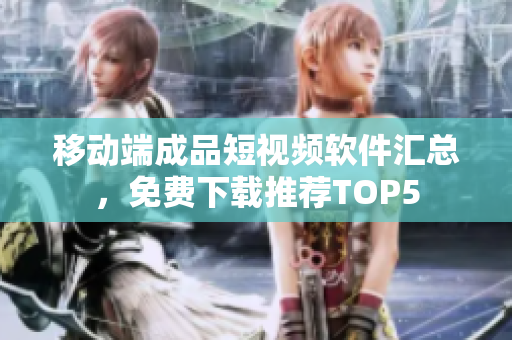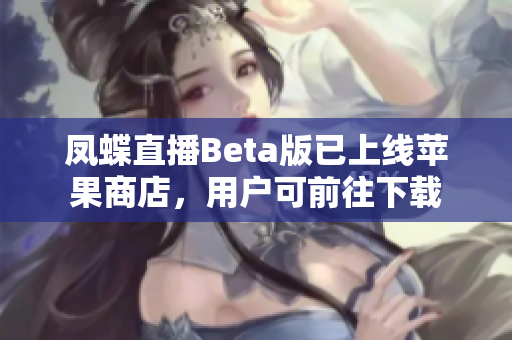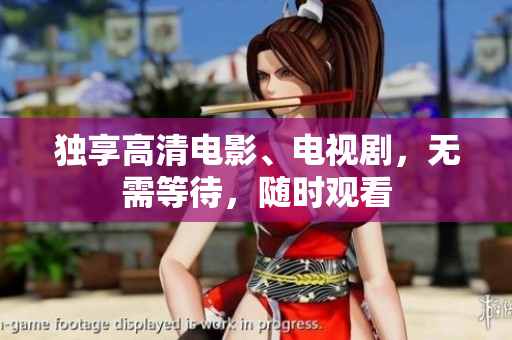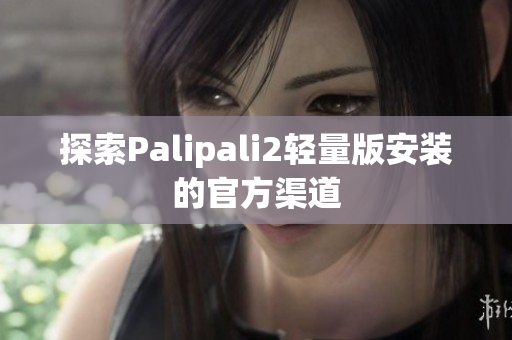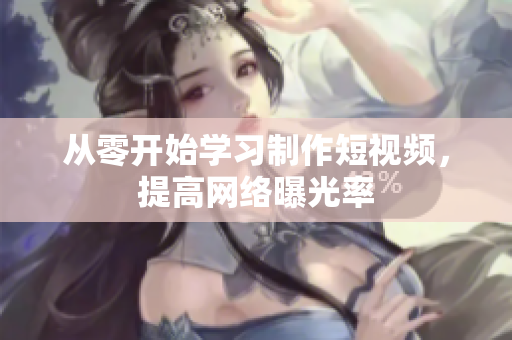Introduction
Art, technology, education, and culture are all important aspects of human society that are constantly evolving and changing. In this article, we will explore the connection between top Western humanities art, the emergence of 5G technology in mainland China, and the challenges faced by educators in the classroom.
The Great Works of Western Humanities Art
Western humanities art is considered to be some of the most influential and significant works of art in the world. Every piece of work tells a unique story, has its own interpretation, and serves as a reflection of the culture and history of the time period in which it was created. From Renaissance masterpieces, such as Leonardo da Vinci's Mona Lisa, Michelangelo's David, to Cubist works, such as Pablo Picasso's Les Demoiselles d'Avignon, Western humanities art has captured the imagination of millions of people around the world.
The Emergence of 5G Technology in Mainland China
Mainland China has been at the forefront of technological innovation in recent years. The emerging 5G technology network is one of the most significant advancements in the field of telecommunications. It offers high-speed connectivity, low latency, and the ability to connect multiple devices seamlessly. The potential of 5G technology is immense and has far-reaching implications in various sectors, including healthcare, transportation, and education.
The Challenges Faced by Educators in the Classroom
The role of educators in the 21st century has become more challenging due to the changing demands of society. One of the biggest challenges is the integration of technology in the classroom. While the use of technology can be beneficial in many ways, it also poses significant challenges, such as distractions, security concerns, and the potential for unequal access to technology for students from different socioeconomic backgrounds. Moreover, the changing landscape of education also requires educators to adapt their teaching methods to meet the needs of a diverse group of students.
The Impact of the 5G Technology and Humanities Art in Education
The combination of 5G technology and Western humanities art has the potential to revolutionize education. With 5G technology, it is possible to connect students from different parts of the world and bring them together to learn about the rich cultural heritage of Western art. Virtual reality and augmented reality can provide students with an immersive learning experience, allowing them to explore different artworks from different angles, providing a deeper understanding of art and culture. Moreover, 5G technology can help educators create personalized learning experiences for students, targeting their specific needs and learning styles.
The Controversies of Using Technology in Education
Despite the potential benefits, there are some controversies surrounding the use of technology in education. One of the most significant concerns is the potential for technology to replace human interaction, which is a critical part of the learning process. Another concern is that technology can be a source of distraction for students, reducing their attention span and negatively impacting their ability to learn. Furthermore, there is a risk of a digital divide, where students who do not have access to technology are left behind.
The Importance of Humanities Art in Shaping Society
Humanities art plays a vital role in shaping society, providing a glimpse into the cultural, social, and political landscape of a particular time period. Through art, we can learn about the values, beliefs, and aspirations of a particular society, gaining a deeper understanding of our collective history. Humanities art also helps us to appreciate the beauty and complexity of human existence, providing an opportunity for personal growth and self-discovery.
Conclusion
In conclusion, the integration of 5G technology and humanities art presents a unique opportunity to revolutionize education and enhance our understanding of art and culture. While there are challenges and controversies surrounding the use of technology in education, it's essential to understand the potential benefits and continue to explore innovative solutions that can improve the quality of education for all students, regardless of their socioeconomic background.


